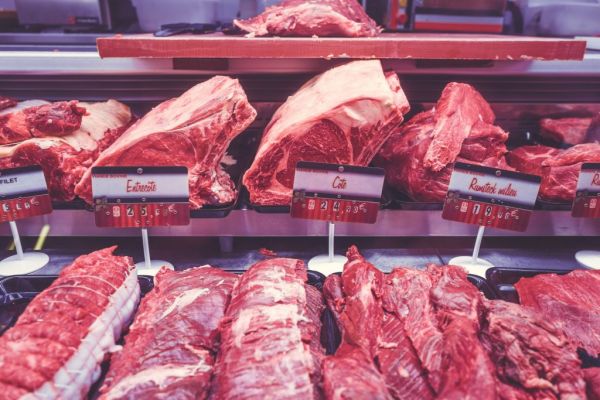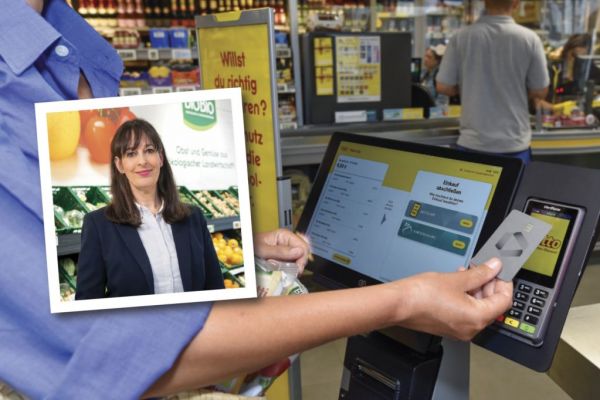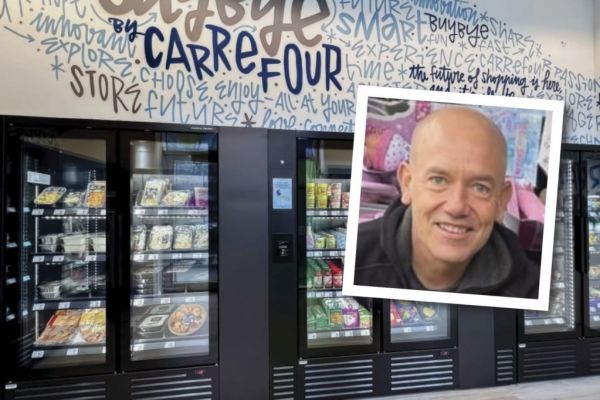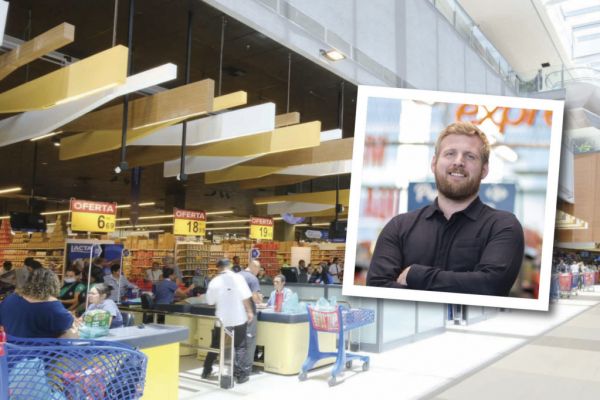Provenance is likely to be a key factor driving sales in the meat category in Europe in the years to come, according to Mike Watkins, head of retailer and business insight for Nielsen UK.
Watkins says that the UK market is a good country off which to work when examining trends in fresh meat and poultry, as fresh accounts for 40% of purchases, and, as such, it is a trendsetting market in terms of shopper behaviour.
“When we asked our shoppers how important provenance is, 60% of consumers actively try to buy British,” says Watkins. “Traceability in terms of meat is a lot clearer than it used to be.”
Focus On Local
Tapping into this, UK ‘Big Four' retailer Morrisons recently launched its '100% British, 100% of the Time' campaign for fresh meat. As Morrisons' meat director, Rob Youngson, explained recently, “Customers tell us that they want more home-grown food, and we are listening. We have always been committed to selling British meat, and we are taking this a stage further by making a clear pledge: that if you buy fresh meat at Morrisons, it will be British.”
German retail group Metro recently implemented its 'Pro Trace' traceability solution across 2,000 meat products in its stores. Products can be traced from their origins to the stores using the Pro Trace app, so conscientious consumers can see exactly what they're buying.
Elsewhere, French retail giant Carrefour is incorporating meat traceability with its CSR commitments. The retailer recently outlined its ambitions to decrease deforestation by sourcing more sustainable beef.
'Since 2010, Carrefour has been working towards a goal of zero deforestation by 2020, and with that in mind has developed sustainably managed supply chains [for beef],' the retailer wrote in a recent report.
Chicken Choice
Although consumer habits have changed when it comes to how often and which meat they buy, poultry – namely chicken – has stayed in the basket.
“Consumers have moved away from buying lumps of raw meat to roast once a week,” says Mike Watkins, reflecting the shifting household habits. “They are now buying chicken, for example, every day, which is the fastest-growing category.”
The value of chicken relative to other meat can be seen in the recent Meat Price Index study, conducted by online catering marketplace Caterwings, which examined the price of meat across 50 countries worldwide.
As part of the study, the affordability of meat in each country was calculated to reveal the relative number of hours that a person on minimum wage must work to buy each type of meat. Chicken, the 2017 Meat Price Index found, was consistently the cheapest option, compared to the others (beef, fish, pork and lamb).
For example, in Belgium, a person would have to work 2.4 hours on the country's minimum wage to afford one kilo of beef, but only 0.8 hours to afford the same amount of chicken. This kind of scale is more or less consistent across Europe, with chicken being the most affordable in all European countries in the study.
Trending Upwards
In terms of other macro trends that are likely to impact the meat sector, Nielsen's Watkins believes that the following could soon affect how people purchase from the category.
Meat reducers:
One reason for caution is the growing trend of meat reducers. Veganism and vegetarianism are growing in Europe, mainly Western Europe, but people are also dabbling in alternative diets, such as so-called ‘flexitarian’ or ‘reducetarian’. These efforts to cut down on meat in diets could have an adverse effect on sales, however, retailers and suppliers should adapt their messaging to appeal to 'flexitarian' dieters.
In-store foodservice:
The blurring of lines between retail and foodservice is seeing more retailers selling their meat products in easy-to-prepare meal formats in store. “[This in-store service] has become a key part of people wanting to revisit cooking from scratch,” Watkins says.
Changing family sizes pushing innovation:
"This is a five- to ten-year trend,” says Watkins, speaking about how evolving family sizes in Europe are changing how meat is presented. More can be done here to make meat more accessible to small households, looking to other perishable categories for inspiration. “Look at how successful resealable cheddar was, and that was a no-brainer," he says.
Organic opportunity:
According to Euromonitor, consumption of organic meat grew the most in the UK and Italy, growing by 17% and 10%, respectively, in the years since 2012. “Organic is more driven by dairy and produce, and less by meat,” says Watkins. “The question is: what is the premium for organic meat versus non-organic?” Retailers must do more to entice shoppers to spend the premium for organic, he adds.
© 2017 European Supermarket Magazine – your source for the latest retail news. Article by John Golden. Click subscribe to sign up to ESM: The European Supermarket Magazine.














